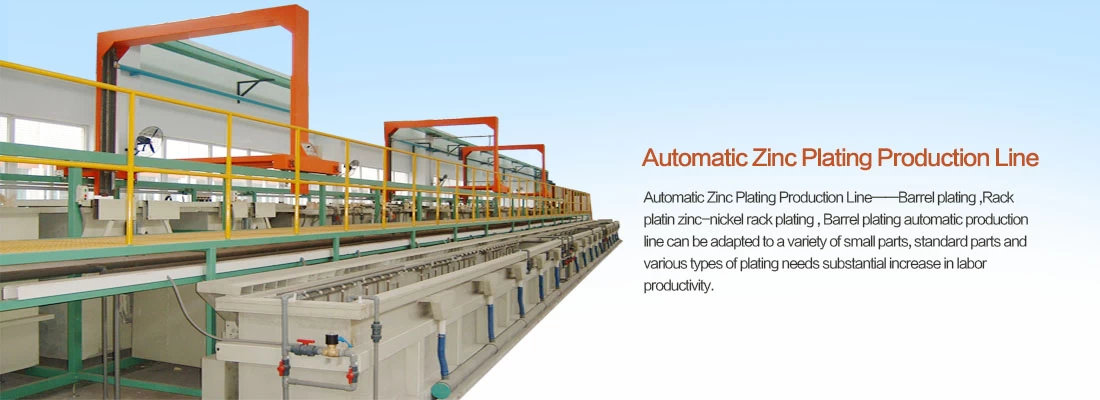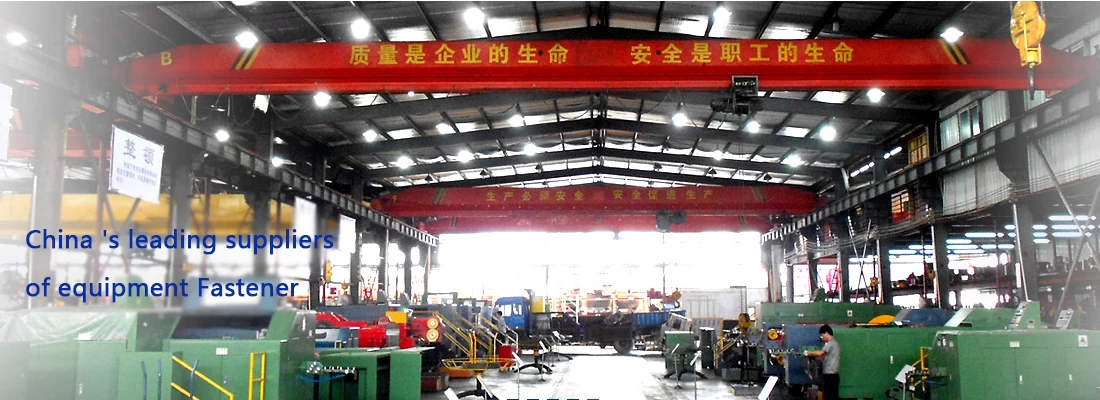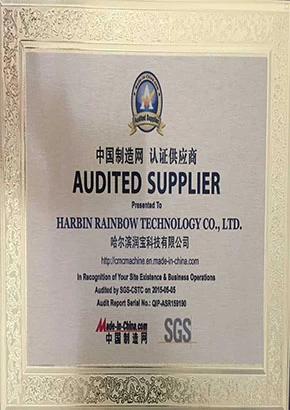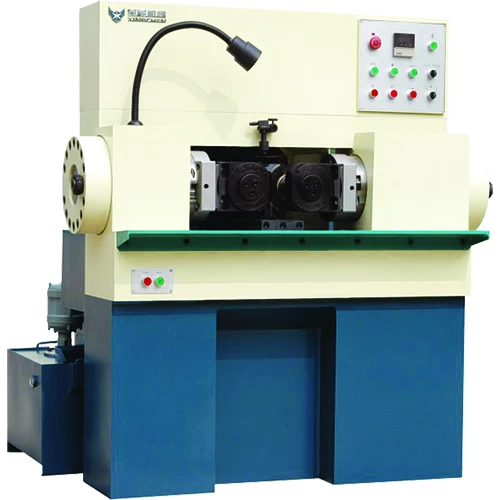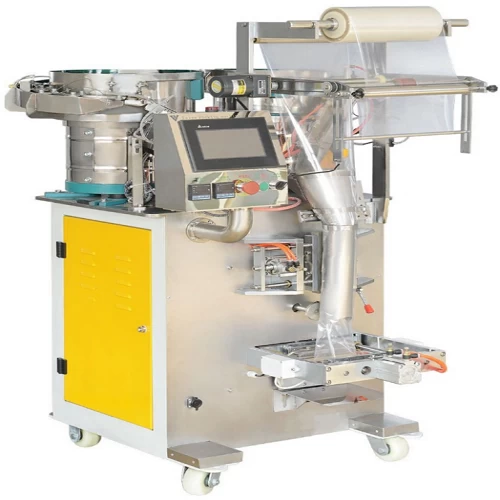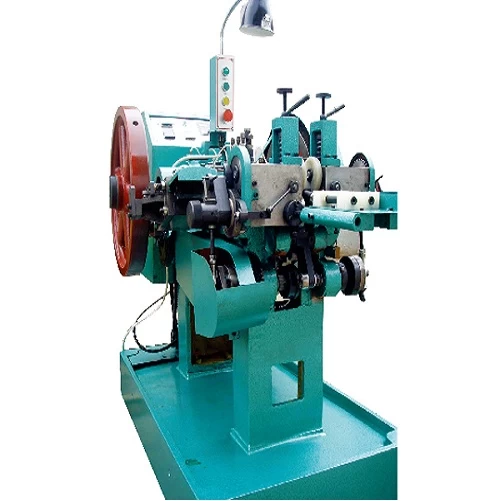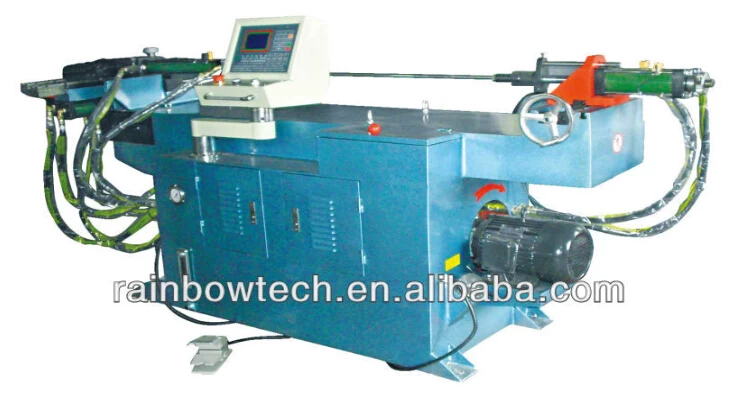Heat Treatment Basis Knowledge
What is Heat Treatment?
Although most people don’t know what heat treatment is, it’s actually an essential part of the manufacturing process. That’s because heat treating allows a metal piece to be improved in order for the material to better withstand wear and tear. Heat treatment involves heating a metal or alloy to a specific temperature and then cooling it to harden the material.
Heat treatment can be used at different stages in the manufacturing process to change certain properties of that metal or alloy. For example, you might use heat treatment to make it stronger, harder, more durable, or more ductile, depending on what the material needs in order to perform properly.
Some notable industries in which heat treatment plays an important role include aircraft, automobiles, hardware–such as saws and axes, computers, spacecraft, military, and the oil and gas industry.
How Does Heat Treatment Work?
In order to achieve the desired effect, the metal or alloy is heated up to a specified temperature, sometimes as hot as 2400°F, held at that temperature for a certain amount of time, and then cooled. While it’s hot, the metal’s physical structure, also called the microstructure, changes, ultimately resulting in its physical properties being changed. The length of time the metal is heated for is called the ‘soak time.’ The length of soak time plays an important role in the characteristics of a metal, as metal soaked for a long amount of time will see different microstructure changes than metal soaked for a shorter period of time.
The cooling process after the soak time also plays a part in the result of the metal. Metal may be cooled quickly, which is called quenching, or slowly in the furnace to make sure it achieves the desired result. The combination of the soak temperature, soak time, cooling temperature, and cooling duration all play a role in creating the desired properties in a metal or alloy.
When the metal is heat-treated during the manufacturing process also determines what properties are changed, and some metals may even be treated multiple times.
Knowing what temperatures to heat and cool metals at, as well as how long each step of the process should take for a specific metal or alloy is extremely complicated. Because of that, material scientists known as metallurgists, study the effects of heat on metal and alloys and provide precise information on how to perform these processes correctly. Manufacturers rely on this information to ensure their metal pieces will have the correct properties at the end of the process.
Some common forms of heat treatments include:
- Hardening: When a metal is hardened, it’s heated to a point where the elements in the material transform into a solution. Defects in the structure are then transformed by creating a reliable solution and strengthening the metal. This increases the hardness of the metal or alloy, making it less malleable.
- Annealing: This process is used on metals like copper, aluminum, silver, steel, and brass. These materials are heated to a certain temperature, are held at that temperature until transformation occurs, and then are slowly air-dried. This process softens the metal, making it more workable and less likely to fracture or crack.
- Tempering: Some materials like iron-based alloys are very hard, making them brittle. Tempering can reduce brittleness and strengthen the metal. In the tempering process, the metal is heated to a temperature lower than the critical point to reduce brittleness and maintain hardness.
- Case Hardening: The outside of the material is hardened while the inside remains soft. Since hardening can cause materials to become brittle, case hardening is used for materials that require flexibility while maintaining a durable wear layer.
- Normalization: Similar to annealing, this process makes the steel more tough and ductile by heating the material to critical temperatures and keeping it at this temperature until transformation occurs.



